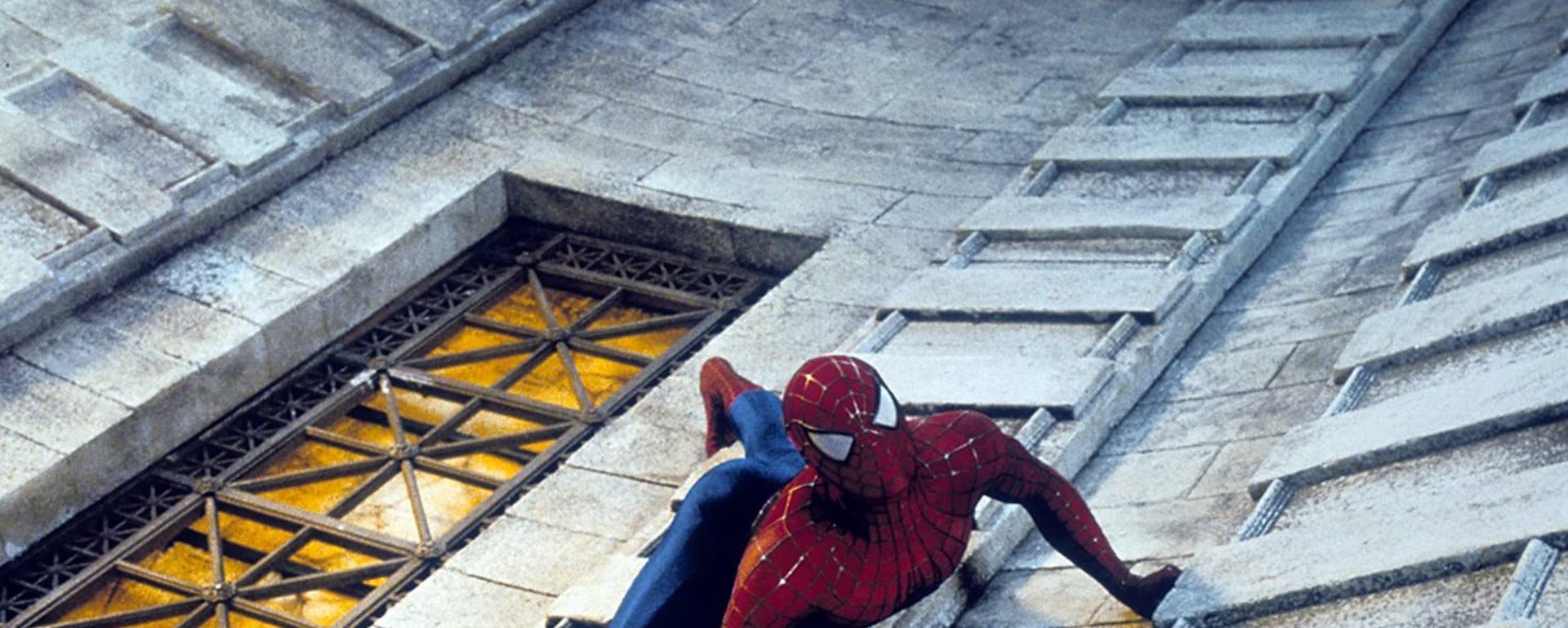
Spider-Man
The BBFC announced in September 2000 that it would look at the possibility of making the 12 cinema category an advisory category, like U and PG.
This was in response to complaints from parents - particularly whenever a new James Bond film came out - who felt that they were better placed than the BBFC to decide which films their under 12s could cope with.
Therefore, in 2001 the BBFC carried out a pilot in Norwich allowing under 12s to see the 12 rated films showing during the eight week pilot period. The outcome was that the public was only in favour of making the 12 cinema rating advisory if under 12s were accompanied by an adult throughout the film, and if information about the content of the film, for instance, 'Contains a single use of strong language and moderate violence' - BBFCinsight - was available on publicity material and was included in local cinema listings. The BBFC then carried out a national survey in May 2002 and got almost identical results, with over 70% of people supporting the introduction of 12A, as it is now known, provided children under 12 were accompanied by an adult and Consumer Advice was available to help them make informed decisions about what their children could watch.
Once the BBFC was satisfied that the film industry was including the BBFCinsight for U, PG and 12A on publicity and that the cinema exhibitors were including 12A Consumer Advice in cinema listings, the new category was introduced on 30 August 2002. All 12 rated cinema films automatically then became 12A, although the video rating remains at 12.
Spider-Man had been passed 12 in April 2002, in spite of a request from the distributor for a PG. The reason for the 12 was that the film contained a level of personal violence and a revenge theme that went beyond what was acceptable under the PG level BBFC Guidelines of the time, which only allowed: 'Moderate violence without detail ... if justified by its setting'.
The decision proved to be unpopular with the under 12s who had collected the Spider-Man merchandise, toys, lunch-boxes etc, which were specifically marketed at young children. The BBFC received many letters from disappointed children and some surprised parents, questioning the decision. However, the BBFC defended the '12 decision.
There was also public pressure on some local authorities to issue a local licence for the film with a PG classification, and between 20 and 30 local authorities issued either local PG or PG12 certificates, with the condition that all under 12s must be accompanied by an adult.
(The legal responsibility for classifying cinema films lies with the local authorities, but in practice these powers are rarely used. The local authorites are, except in exceptional circumstances, content for the BBFC to carry out the role on their behalf.)
The distributor of Spider-Man decided to re-release the film immediately after the introduction of 12A so that young fans in parts of the country where local authorities had not changed the rating had the chance to see the film at the cinema. The decision to introduce 12A had nothing to do with Spider-Man or the pressure from parents and children who wanted to see the film. The BBFC had announced its decision to consider changing the category in September 2000 because it recognised that children were growing up faster and that parents were better placed to decide what their children should watch.
For the record, the very first official 12A rated film was The Bourne Identity.